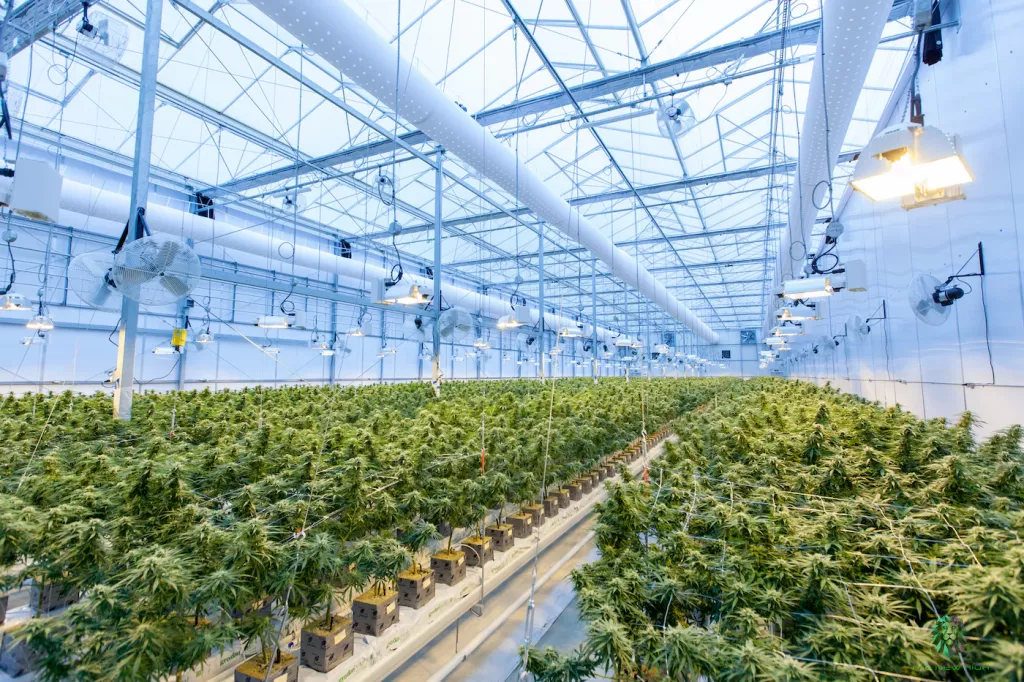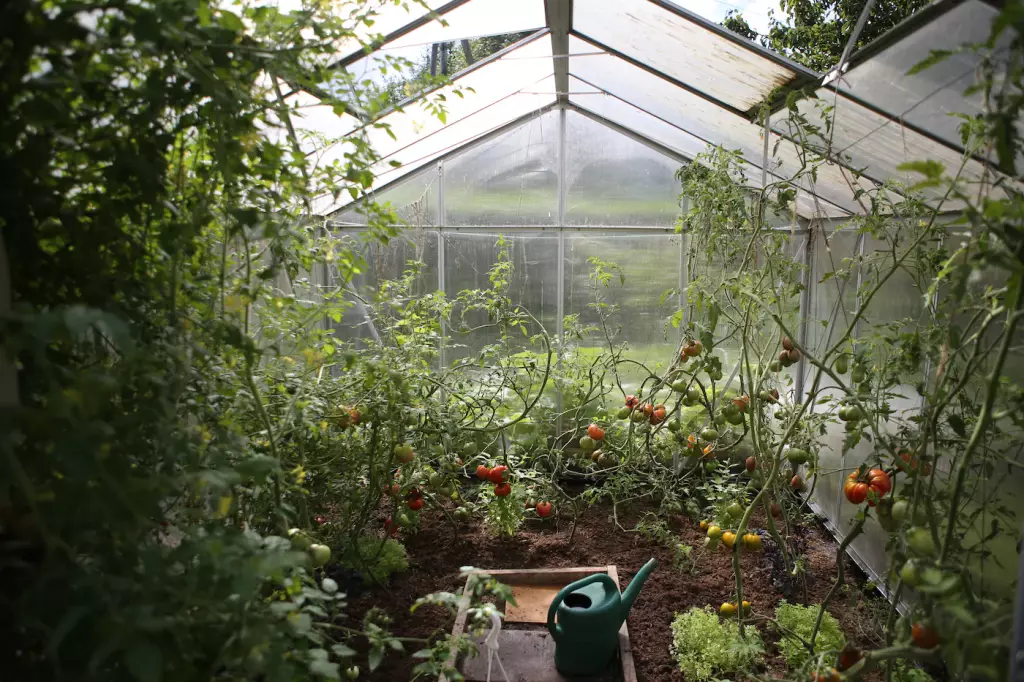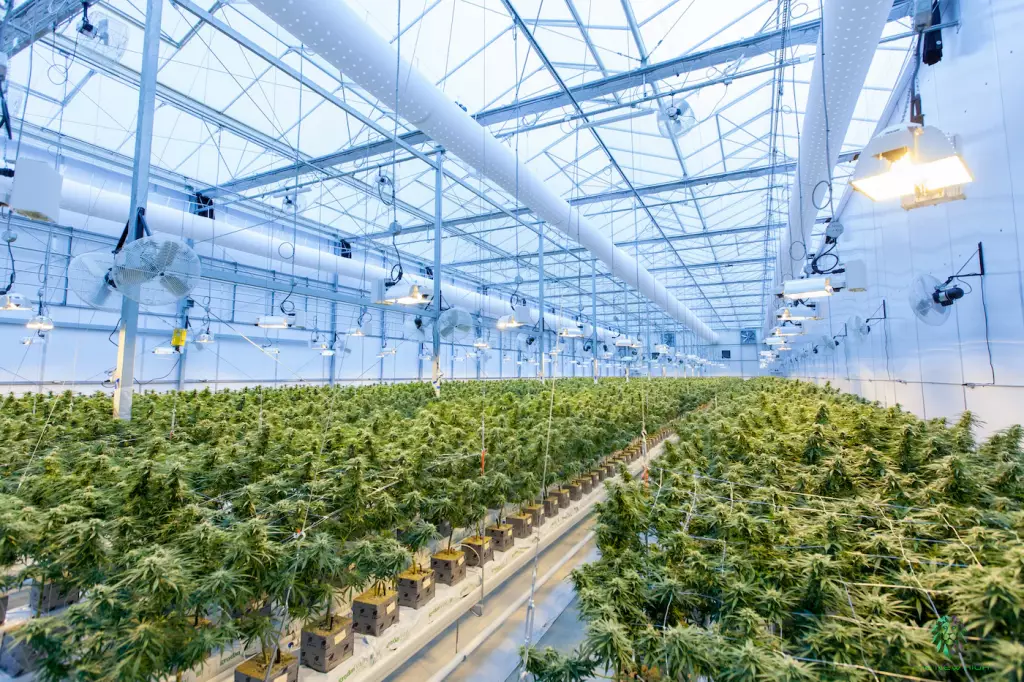Is Greenhouse Farming Profitable? - What To Expect
Greenhouse farming is an effective way to increase yields and provide year-round production of fruits, vegetables, and other crops. Here's what to expect from the cost of building a greenhouse, the cost of operating it, and the potential income you can generate.
Greenhouse farming can be profitable. By controlling the environment and optimizing growing conditions, greenhouse farmers can increase yields and reduce costs, leading to higher profitability. Greenhouses can be used to grow out-of-season produce, providing a premium product that can command higher prices.
In this article, we will explore the potential for profitability in greenhouse farming, and discuss the considerations that must be taken into account before beginning a greenhouse farming operation.
Summary
- Greenhouse farming is profitable as it provides farmers with higher yields and a low cost of production.
- The cost of building and operating greenhouse farms depends on the size, type, and location of the greenhouse.
- Longer growing seasons and a lower risk of disease are some of the benefits of greenhouse farming.

On this page:
What Makes A Greenhouse Farming Profitable
One way that greenhouses are helping to increase profits is by providing a controlled environment for plants to grow. Temperature, humidity, and light can all be adjusted to provide optimal growing conditions for a particular crop. This eliminates the need for pesticides and other chemicals, as well as the need for large amounts of water for irrigation.
Greenhouses also protect crops from pests, diseases, and extreme weather conditions, allowing farmers to produce greater yields with less effort.
Another way that greenhouses are helping to increase profits is by providing the opportunity to grow crops out of season. By using advanced greenhouse technology, farmers can extend the growing season and grow crops year-round. This allows them to capture more markets and increase their profits by taking advantage of higher prices for out-of-season produce.
Finally, greenhouses are helping to increase profits by providing more efficient use of space. With a greenhouse, farmers can maximize the use of their land, allowing them to grow more crops in a smaller area. This increases their overall yields and reduces their costs, resulting in higher profits.
Greenhouse farming allows for low cost of production
Greenhouse farming allows farmers to produce crops more efficiently, reducing costs associated with energy, labor, and water. Greenhouse farming has become increasingly popular in recent years due to its ability to produce large amounts of product with little cost. This is because greenhouses provide a controlled environment in which to grow plants, allowing farmers to produce crops without being affected by the elements or pests.
Additionally, greenhouses require minimal resources, such as water and fertilizer, and can be used in any climate. Greenhouses are relatively inexpensive to build and maintain, making them an attractive option for farmers looking to reduce their costs. They can be constructed from a variety of materials, including wood, metal, plastic, and glass.
Greenhouse farming offers longer growing season
Greenhouses can extend the growing season, allowing for more crops to be grown in a shorter amount of time. Greenhouse farming provides a protected environment that eliminates the need for conventional farming practices such as tilling and plowing.
This means that crops can be planted earlier in the season and harvested later, extending the growing season by several weeks and months. By removing the limitations of traditional farming, greenhouse farming allows farmers to grow crops year-round and be less dependent on seasonal changes.
A longer growing season means more time for the crops to mature and less time for pests and diseases to damage them. This can lead to higher yields and improved quality of crops, making them more attractive to buyers.
Greenhouse farming lowers risk of diseases
Greenhouse farming can help protect plants from many pests, such as insects and disease-causing fungi. Greenhouse farming also offers the opportunity to control the environment in which plants are grown, allowing for a more consistent temperature and humidity, which can help reduce the spread of disease.
In addition, the use of climate control systems, such as heating and cooling systems, can help prevent disease-causing organisms from surviving in the environment. Furthermore, greenhouse farming can provide a more sterile environment, which can help reduce the risk of disease.
Finally, the use of protective measures such as insecticides and fungicides can help reduce the risk of disease. All of these factors can help reduce the risk of disease associated with greenhouse farming.
Greenhouse farming results in high yields
Greenhouses allow farmers to manipulate the environment to create ideal growing conditions, resulting in higher yields. With the right environment and conditions, plants in a greenhouse can produce up to four times the amount of produce a traditional garden would.

Greenhouse farming improves quality and taste
Greenhouse farming has revolutionized the quality and taste of the produce grown within them. By using specialized growing techniques, coupled with the ability to control and monitor the environment within the greenhouse, farmers can produce fruits and vegetables with superior taste and texture.
Greenhouse farming reduces environmental impact
By controlling the climate and providing the ideal growing environment, greenhouses reduce the need for water, pesticides, and other inputs required for conventional farming. Greenhouses can be powered with renewable energy sources, such as solar panels, further reducing their environmental footprint.
Greenhouse farming also reduces soil erosion, air and water pollution, and carbon emissions, making it one of the most sustainable forms of agriculture.
What Exactly is Greenhouse Farming
Greenhouse farming is a method of growing crops in a controlled environment. Greenhouses are structures made of glass or plastic that are designed to trap heat and keep temperatures and humidity levels at optimal levels for growing crops.
Greenhouses also protect crops from extreme weather conditions like frost and strong winds. Greenhouse farming uses less water and fewer chemicals than traditional field farming and can increase crop yields.
Building Your Greenhouse Farm
Greenhouse farming can be very profitable. It can provide farmers with higher yields, better quality crops, and easier access to markets. Additionally, greenhouse farming can reduce water usage, save energy, and help protect crops from extreme weather conditions. With the right environment, greenhouse farming can be an efficient and profitable way to grow crops.
Cost of building
The cost of building a greenhouse can vary significantly depending on the size and type of greenhouse you plan to build. A basic greenhouse can cost anywhere from $500 to $6,000 or more, while larger and more complex greenhouses can cost tens of thousands of dollars.
In addition to the cost of the greenhouse structure itself, you will need to purchase all necessary materials, such as shelving, benches, irrigation systems, heating and cooling systems, and any other equipment or supplies.

Cost of operating
The cost of operating a greenhouse can also vary depending on the size, type, and location of the greenhouse. You will need to factor in the cost of electricity, water, and other utilities, as well as maintenance and repairs. Depending on the type of plants you are growing, you may also need to invest in growing media, fertilizers, and pest and disease control products.
Potential income
The potential income you can generate from greenhouse farming will depend on the types of plants you are growing and the market for those plants.
Greenhouse farming can be a profitable business, but it is also a competitive market, and success will depend on your ability to produce quality products, be competitive in pricing, and understand the local market. You can also generate income by selling seeds, plants, and other products from your greenhouse.
